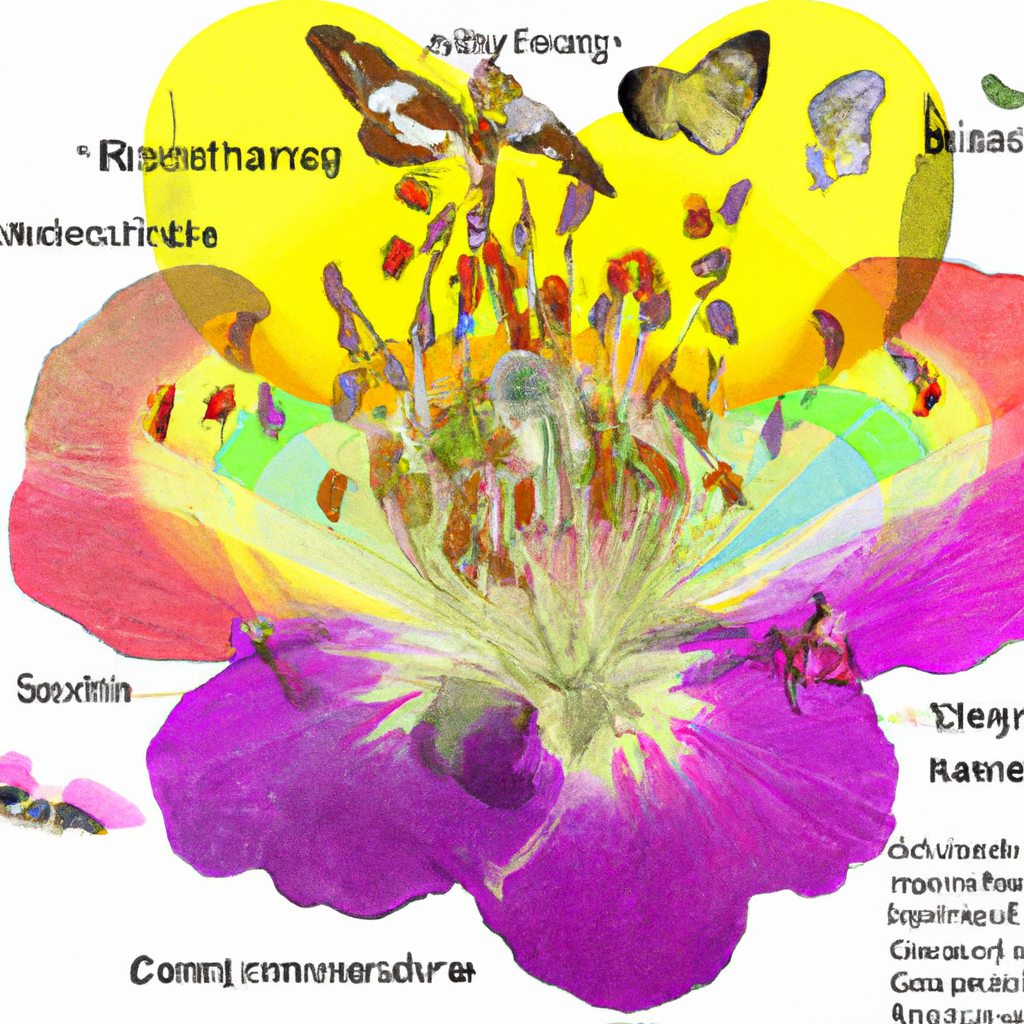Introduction to Floral Scents
Flowers are not just a delightful addition to landscapes and gardens; they are also a critical component of the reproductive system of plants. One of their most enchanting features is their scent. The fragrance of flowers has captivated humans for thousands of years, influencing everything from perfumery to poetry. However, the purpose of floral scents extends far beyond human enjoyment. This article explores the scientific reasons behind why flowers smell the way they do and the roles these aromas play in the life cycle of plants.
The Role of Scent in Plant Reproduction
At its core, the primary function of floral scent is to attract pollinators. Flowers rely on various creatures, such as bees, butterflies, birds, and even bats, to move pollen from one flower to another, facilitating cross-pollination. The scent of a flower acts as a chemical signal to these pollinators, indicating the presence of nectar and pollen. Different scents attract different pollinators; for instance, sweet fragrances tend to attract bees, while a musty or rotten smell may attract flies.
Moreover, the strength and composition of a flower’s scent can change throughout the day, which is reflective of the activity patterns of their target pollinators. For example, flowers that are pollinated by nocturnal creatures like moths emit stronger scents at night.
Chemical Composition of Floral Scents
The aroma of flowers is made up of various volatile organic compounds (VOCs), which are small, high-energy molecules that evaporate easily and can travel through the air to reach the olfactory receptors of pollinators. These VOCs include a range of chemical groups such as terpenes, benzenoids, and aliphatic compounds, each contributing differently to the overall fragrance of a flower.
For example, roses are primarily known for their production of rose oxide and damascenone, which gives them their distinctive sweet scent. On the other hand, lilies produce a large amount of methyl benzoate, contributing to their sharp, almost citrusy aroma.
Ecological and Evolutionary Implications
From an evolutionary perspective, the development of floral scent is a result of the co-evolution between plants and their pollinators. This means that over time, plants have evolved to produce scents that best attract the pollinators that are most effective at aiding their reproduction, thereby enhancing their chances of survival.
This evolutionary arms race does not only result in the differentiation of scents among different plants but also in the diversification of pollinators that prefer certain scents. This intricate ecological interaction often leads to a high degree of specialization, where certain flowers are pollinated by only one type of animal, which in turn relies heavily on that flower for sustenance.
Conclusion: Beyond Attraction
While the primary function of floral scents is to attract pollinators, research has indicated secondary roles that further benefit the plant. Some scents are believed to deter herbivores or even attract predator insects that feed on herbivores, thus protecting the plant from being eaten. Additionally, scents can also play a role in direct plant-to-plant communication, signaling the presence of dangers like insect infestations to neighboring plants and prompting preemptive defense responses.
Understanding the science behind floral scents not only sheds light on the complex interactions within ecosystems but also enhances our appreciation of these natural fragrances that play a vital role in the beauty and survival of flowers. Whether serving to attract pollinators or defend against predators, the scents of flowers are as practical as they are pleasant, revealing yet another layer of the intricate ballet that is nature’s way.
Shop our selection of fresh flowers today.
